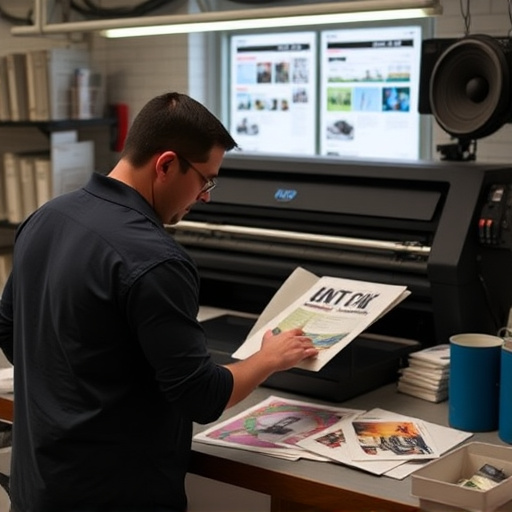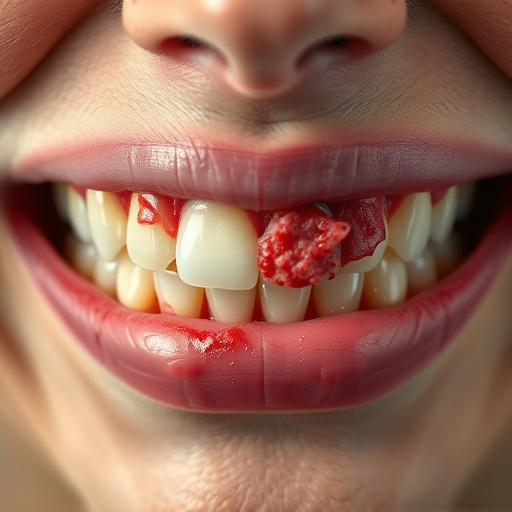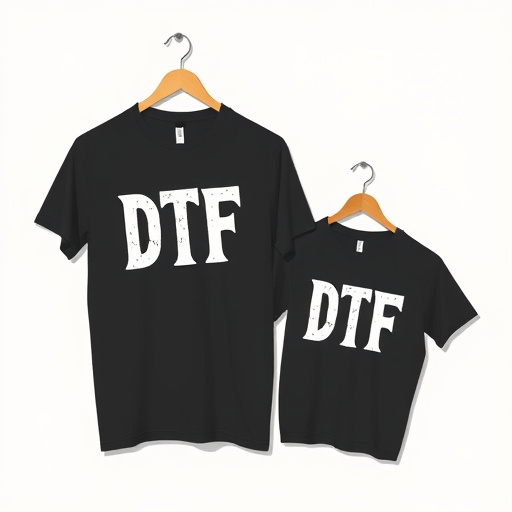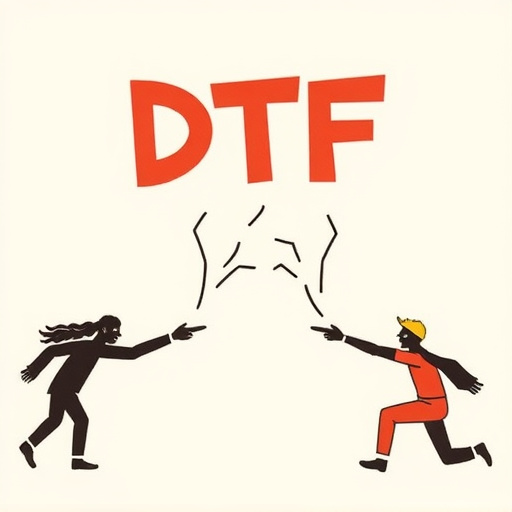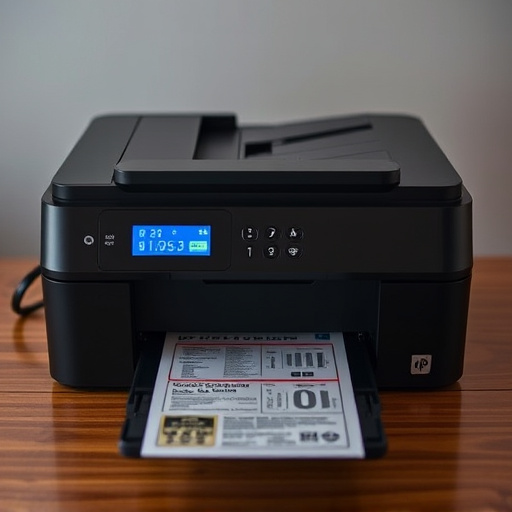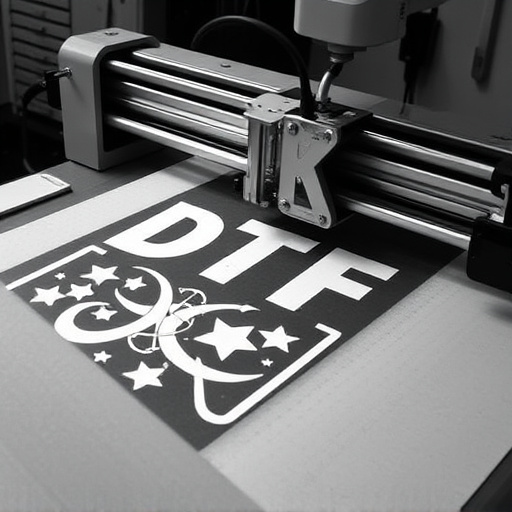The evolution of Commercial DTF Printing Software has dramatically improved the industry by automating processes once done manually, boosting productivity and product personalization. Advanced algorithms ensure accurate color reproduction, while enhanced curing processes optimize print speed and quality, enabling complex design layouts with intricate details. This progress has revolutionized custom apparel creation, catering to small businesses' creative needs and increasing market demands for high-quality outputs and efficient workflows in today's competitive Commercial DTF Printing landscape.
The world of commercial print is witnessing a significant transformation with major upgrades to DTF (Direct-to-Fabric) printing software. Once limited by historical constraints, DTF printing has evolved to meet the demands of modern businesses. This article explores the evolution of DTF printing software, highlighting key upgrades that have streamlined workflows and boosted design capabilities. We delve into future prospects, predicting trends driven by AI, automation, and integration with other printing technologies, shaping the commercial DTF printing landscape.
- The Evolution of DTF Printing Software
- – A historical perspective on DTF printing and its initial software limitations.
- – The need for advanced features to meet commercial demands.
The Evolution of DTF Printing Software
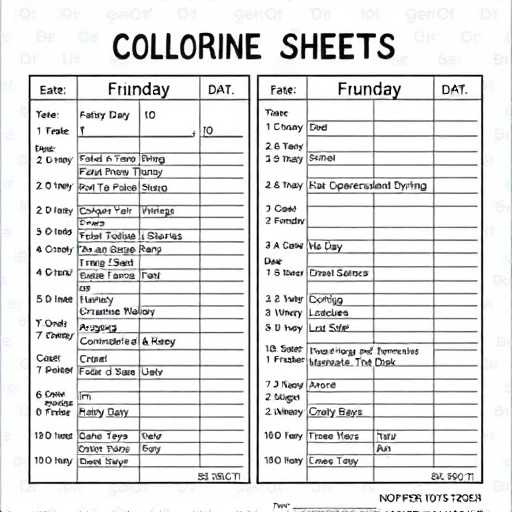
The evolution of Commercial DTF Printing Software has been a testament to the industry’s relentless pursuit of innovation and efficiency. In the past, printing custom transfers for clothing and other materials involved cumbersome manual processes that required skilled technicians. Today, advanced software solutions have streamlined this process, making Commercial DTF Printing more accessible and user-friendly. These upgrades not only enhance productivity but also empower businesses to offer a broader range of personalized products.
One significant improvement is the integration of sophisticated color matching algorithms, ensuring precise and consistent DTF color reproduction. Moreover, the dtf curing process has seen enhancements, optimizing print quality and speed. Businesses can now easily manage complex design layouts and achieve remarkable detail in their custom dtf transfers, opening up new possibilities for creative expression and customer satisfaction.
– A historical perspective on DTF printing and its initial software limitations.

The history of Direct-to-Fabric (DTF) printing is a testament to technological evolution in the apparel industry. Initially, DTF was seen as a revolutionary process that enabled small businesses and entrepreneurs to produce custom apparel with intricate designs. However, early software limitations restricted its full potential. The initial DTF printing software lacked advanced features like automated layout design, color management, and precise registration control, making complex print jobs cumbersome and time-consuming.
These constraints were particularly notable in the realm of dtf custom apparel, where designers sought to create high quality dtf transfers with intricate details. The process often involved manual adjustments, leading to inefficiencies and inconsistent results. But as technology advanced, so did DTF printing software. Today, sophisticated programs offer robust tools for creating and managing complex designs, making it easier than ever to produce stunning, high-quality prints on a variety of fabrics through methods like the dtf gang sheet builder.
– The need for advanced features to meet commercial demands.

In today’s competitive commercial DTF Printing landscape, the demand for software that caters to advanced features is higher than ever. The traditional dtf printing process requires constant optimization to meet the evolving needs of businesses, especially with the increasing emphasis on high-quality dtf print output and efficient production workflows. Therefore, software upgrades must focus on streamlining operations, enhancing precision, and improving speed while ensuring top-notch dtf curing processes to deliver exceptional final products.
By integrating cutting-edge features, commercial DTF Printing Software can empower printers to navigate the intricate aspects of the dtf printing process with ease. Advanced settings allow for precise control over various parameters, ultimately resulting in improved print quality and consistency. This not only caters to the present market demands but also prepares printers for future trends, ensuring their competitiveness in the dynamic world of DTF Printing.
Commercial DTF Printing Software has undergone a remarkable evolution, addressing historical limitations and embracing advanced features to meet the demanding needs of modern commerce. These major upgrades not only enhance efficiency and productivity but also open up new possibilities for businesses in the vibrant DTF printing industry. As we look to the future, it’s clear that continued innovation in this software will be crucial in shaping the landscape of commercial DTF printing.


